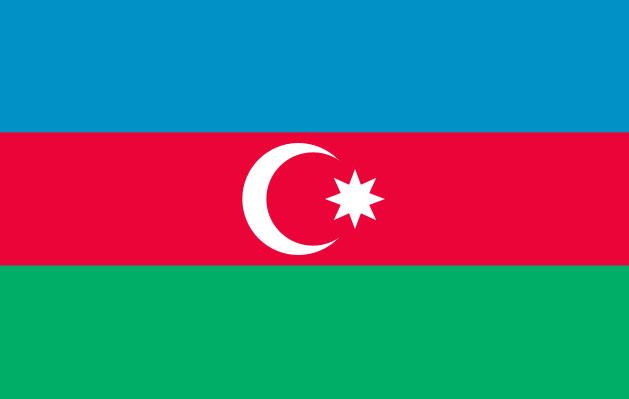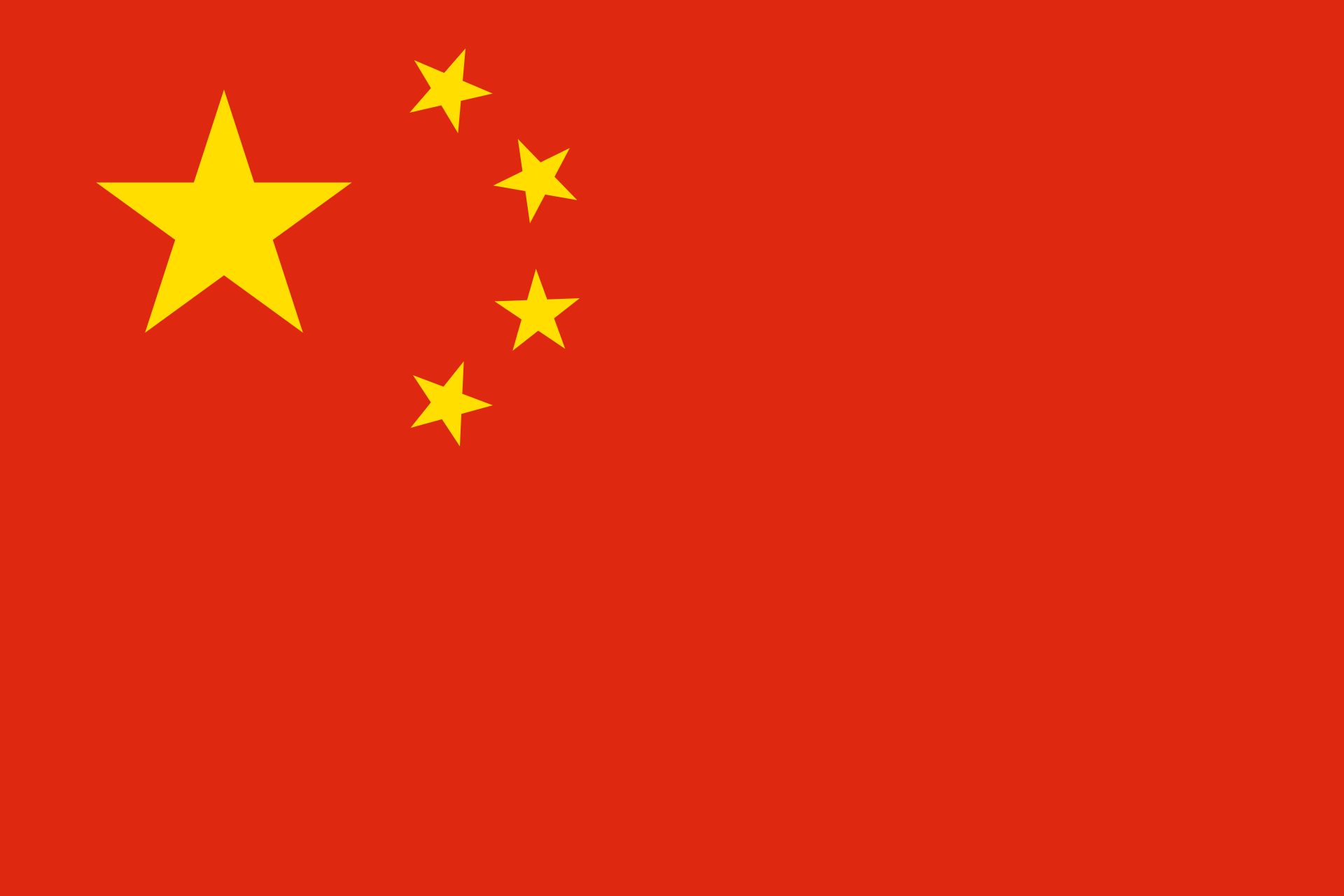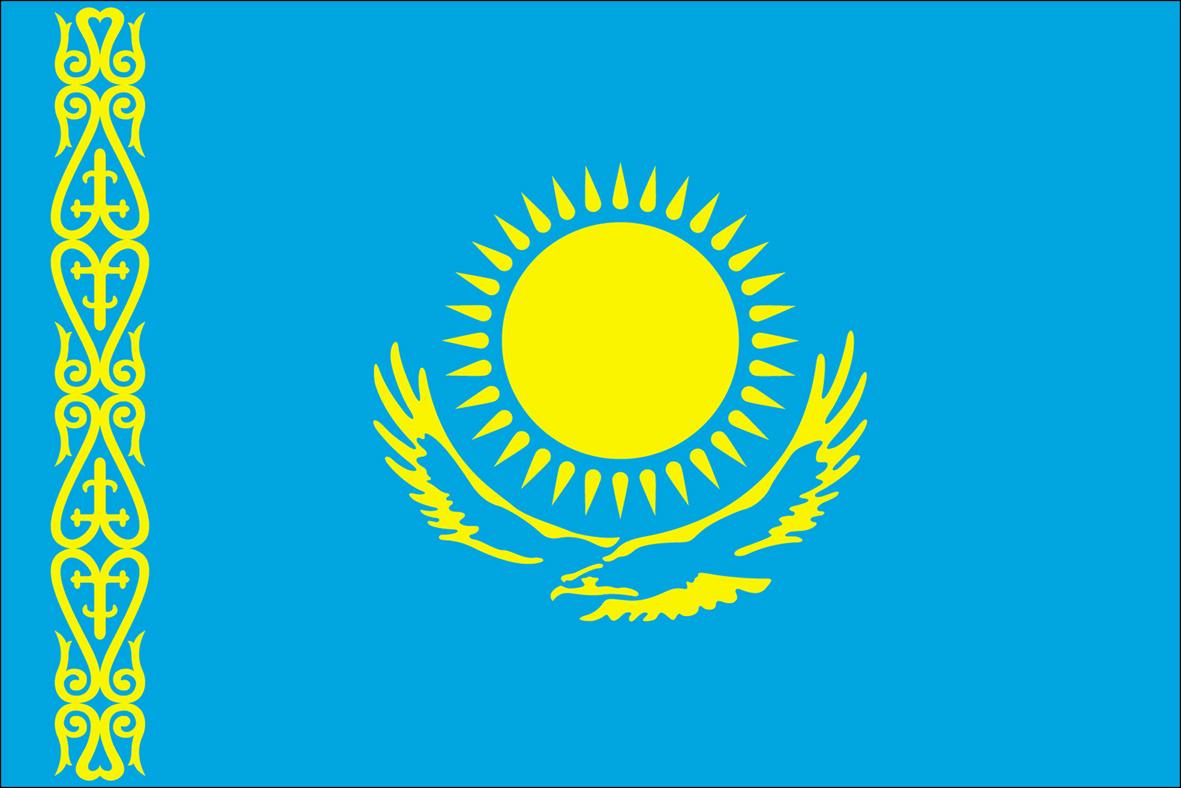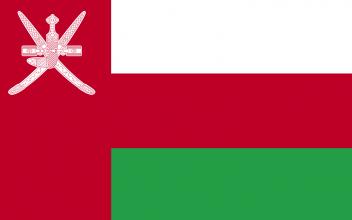After the Portuguese reached China in 1514 and Japan in 1542, they soon started trading with porcelain from these countries. Other Europeans also started to engage in the ceramics trade. During the 17th and 18th centuries, most porcelain was exported to Europe in bulk to be used as tea and table ware. It was mainly blue-and-white, but there was also a smaller number of more costly overglaze painted ceramics.
In Buddhist art, two different ways of worshipping Shakayamuni have led to the emergence of two types of the triad format. From the Dharma cult, due to which the Dharma (the truth) is the essence of Buddha, has sprung the format of the Buddha surrounded by two attendants. In the context of Mahayana Buddhism, these attendants came to be represented as Mahayana Bodhisattvas. The Buddha cult, according to which there had been many other Buddhas before the birth of Shakyamuni, has given rise to a format showing three Mahayana Buddhas.
Buddhism spread to China during the Han dynasty, but Chinese knowledge about the life and the birthplace of the Buddha was initially limited. In the 5th century AD, the Buddhist monk Faxian travelled from China to Nepal. His description of Kapilavastu differed from Chinese translations of Buddhist scriptures, which idealised the Buddha’s homeland. In the same century, the Chinese monk Sengyou wrote an account on the life of Buddha, which remained faithful to Buddhist translations.
Indian society before the birth of Buddhism and Arab society before the birth of Islam share several characteristics, such as polytheism, the worshipping of idols and the existence of great social inequalities. The Buddha and the Prophet Mohammed were opposed to these. Both religions attempted to unite and find a balance between Eastern and Western elements, between the worldly, material side of life and its spiritual side, between the tangible and the intangible, the profane and the sacred.
The corpus of poems known as Sangam literature was produced over six centuries, from around 300 BC to 300 AD, by Tamils from very diverse social backgrounds. It was compiled in anthologies several centuries later. These works provide insight into early Tamil culture and into trade relations between South India and the Mediterranean, West Asia and Southeast Asia. Due to its codified nature and to the impossibility of establishing a precise chronology, the heroic Sangam poetry constitutes a difficult source for historic research.
The Shōsōin in Nara contains a unique collection of very ancient works of art from different countries along the Silk Road, many of which reached Japan via the trade routes. The works that are conserved in the Shōsōin were offered to the temple by the Empress Komyo and her daughter Koken after the death of the Emperor Shomu in the year 756 AD. They form a carefully chosen, coherent collection and have influenced generations of artists.
The conquest of Malacca in 1511 allowed the Portuguese to gain control over the Spice Road between Southeast Asia and the Persian Gulf. In the 16th century, Malay was a widely diffused lingua franca of intra-Asian trade and communication. The presence of the Portuguese in Southeast Asia led to linguistic exchanges: some Portuguese words, which were mostly related to navigation and trade goods, entered the Malay language, and a certain number of Malay words found their way into the Portuguese vocabulary.
Three centuries after the Buddha’s lifetime, under the Mauryan Emperor Ashoka, Buddhism spread to numerous countries in South and Southeast Asia via the land and the sea routes. The expansion of Buddhism led to the construction of a large number of religious sites, such as the Phra Patom Chedi, which is the oldest monument in Central Thailand. It was discovered in the 19th century by the future king Rama IV of Thailand, who built a Chedi over the old, ruined Stupa.
Until its destruction in the 5th century AD, Taxila had functioned as a focal point connecting the Mediterranean countries and Central Asia to India for several centuries. Darius I first established commercial relations between India and Gandhara and the Western world. Following Alexander the Great’s conquests and due to the increasing demand of Eastern luxury goods in the West, the relations between India, Pakistan and the Mediterranean countries were intensified.
The period of the Malacca Sultanate, which lasted from 1400 to 1511 AD, was a landmark in the history of Malaysia. It was situated at a strategic position at the Straits of Malacca and controlled domestic and international trade in the Malay Archipelago. Malacca played a major role in the diffusion of Islam in Southeast Asia, and the Malay language became a lingua franca in the region.




